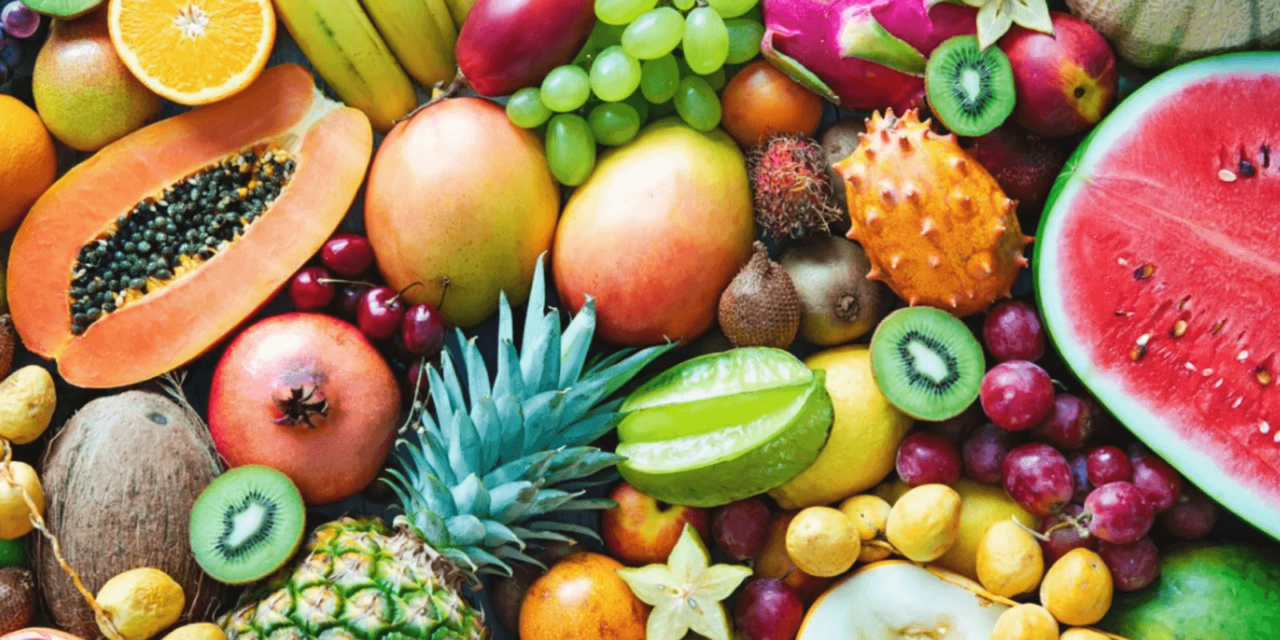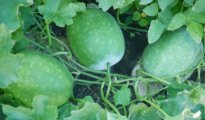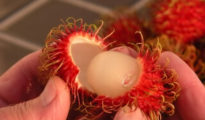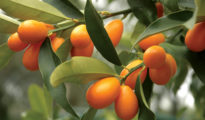For many gardening enthusiasts, the allure of growing exotic fruits in their backyard is hard to resist. Imagine the delight of plucking a fresh passionfruit or a guava from a tree you've nurtured! While these fruits typically hail from tropical regions, advancements in horticultural methods and improved plant varieties make it possible to grow them in temperate climates as well. However, the journey is not without challenges. Let's delve deep into the obstacles faced by gardeners and the innovative solutions that can make this dream a reality.
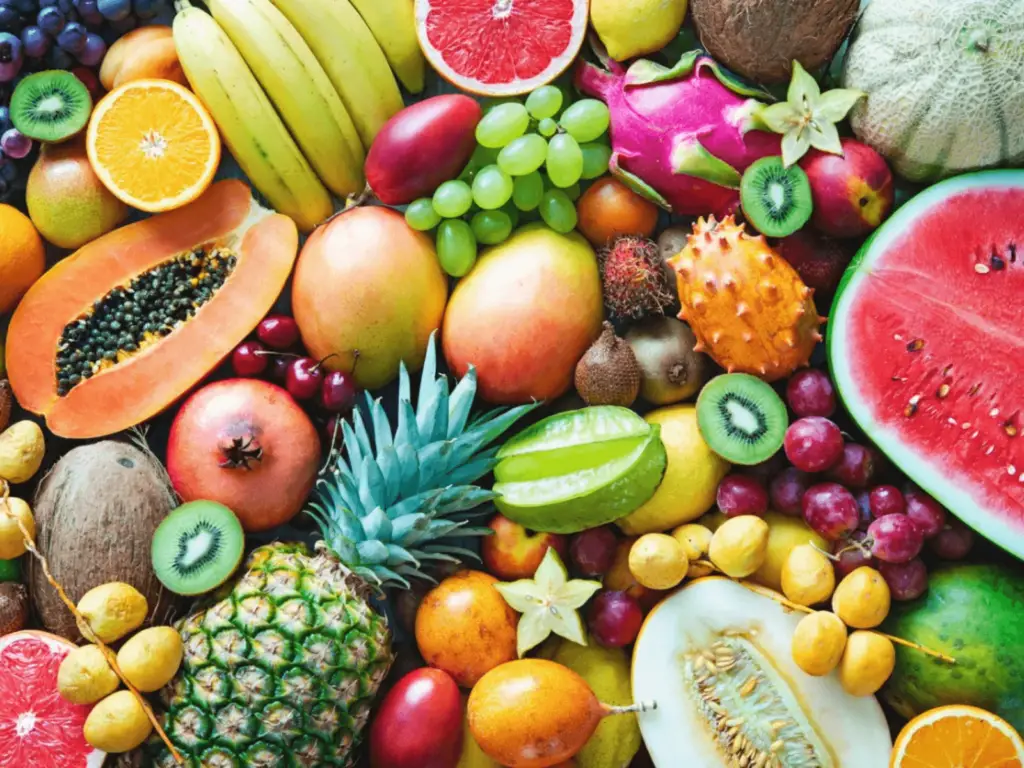
Challenges of Growing Exotic Fruits in Temperate Zones
1. Temperature Sensitivity
Most exotic fruits have evolved in warm, consistent climates. Temperate zones often present them with unfamiliar temperature fluctuations, especially during winter.
2. Inadequate Sunlight
Many exotic fruits require long hours of direct sunlight to flourish and bear fruit. The shorter daylight hours during winter in temperate climates can be a limiting factor.
3. Soil Compatibility
Exotic fruits are accustomed to specific soil types, which may be sandy, loamy, or rich in organic matter. The natural soil in temperate zones might not always be compatible.
4. Pest and Disease Vulnerability
Being in an unfamiliar environment can expose exotic fruits to pests and diseases they haven't encountered in their native habitats, making them more vulnerable.
Solutions and Techniques to Overcome the Challenges
1. Choose Cold-hardy Varieties
Selective breeding has given rise to several cold-hardy variants of tropical and exotic fruits. For example, certain strains of guava and kiwi are now bred to tolerate cooler temperatures. Research and select the right varieties suitable for your region.
2. Microclimates and Sheltering
- Greenhouses: These provide a controlled environment where warmth and humidity can be maintained. They're invaluable for starting seeds early in the season and extending the growing period into the cooler months.
- Cold Frames: These are miniature greenhouses, usually without any heating element, ideal for hardening off plants or providing a touch of warmth during chilly spring or autumn nights.
- Windbreaks and Walls: Planting near a wall or fence can help trap heat, providing a microclimate that's a few degrees warmer than the surrounding area.
3. Soil Amending
Adjusting the soil's pH and texture can make it more conducive to exotic fruit growth.
- Organic Matter: Enrich the soil by adding compost, worm castings, or well-rotted manure. This not only improves soil fertility but also enhances its water retention capacity.
- Perlite and Sand: If drainage is an issue, add perlite or coarse sand to your soil mix. This is especially beneficial for fruits like cacti or dragon fruit which prefer well-draining soils.
4. Light Supplementation
For exotic fruits that demand extensive light:
- Grow Lights: These can supplement natural sunlight, especially during the short days of winter. Ensure they're placed at the right distance from the plants to prevent scorching.
- Reflective Mulches: These mulches can amplify the amount of sunlight that reaches your plant, enhancing its growth.
5. Natural and Organic Pest Control
Instead of resorting to chemical pesticides, consider natural predators and organic solutions.
- Beneficial Insects: Ladybugs, praying mantises, and lacewings can help control pest populations.
- Neem Oil: It's an excellent organic solution that deters a wide range of pests without harming beneficial insects.
6. Proper Pruning and Training
By carefully pruning and training your plants, you can encourage them to grow in a manner that maximizes fruit production while minimizing vulnerability to pests and diseases.
Growing exotic fruits in temperate climates is a journey of passion, patience, and innovation. While the challenges are real, the joy of savoring a home-grown tropical fruit, cultivated against all odds, is unparalleled. With the right techniques, knowledge, and a dash of persistence, you can transform your garden into a tropical haven, right in the heart of a temperate zone. Happy gardening!
A Deeper Dive into the Challenges
1. Temperature Sensitivity
- Frost Vulnerability: Many exotic fruits have never encountered frost in their native habitats. Frost can damage or kill off young buds, flowers, and even mature plants.
- Winter Dormancy: Some fruits might enter an unwanted dormancy due to cold, leading to halted growth or reduced yields.
2. Inadequate Sunlight
- Photoperiodism: Exotic fruits might have a set ‘daylength' requirement to trigger flowering. In temperate zones, the varying day lengths can disrupt this cycle.
3. Soil Compatibility
- Nutrient Needs: Tropical soils have a different nutrient profile than temperate ones. The lack of specific minerals can lead to deficiency symptoms in plants.
4. Pest and Disease Vulnerability
- Lack of Natural Predators: In their native habitats, pests that attack these fruits might have natural predators. These balancing mechanisms might be absent in temperate climates, leading to unchecked pest populations.
Enhanced Techniques to Combat Challenges
1. Cold-hardy Varieties and Grafting
- Grafting: Grafting the desired fruiting variety onto a rootstock of a hardier, local species can combine the best of both worlds – exotic fruits with resilience against cold.
2. Advanced Microclimate Techniques
- Thermal Mass: This involves placing materials like stones or water containers that absorb heat during the day and release it at night. Placed around plants, they can provide extra warmth.
- Underground Greenhouses: Also known as “Walipinis,” these structures leverage the earth's stable temperature to create a warm environment, even during winter.
3. Soil Amending and Mulching
- Mycorrhizal Fungi: These beneficial fungi form symbiotic relationships with plant roots, aiding nutrient absorption. Introducing them can be especially beneficial for exotic plants unfamiliar with temperate soils.
- Mulching: Using organic mulch like straw or leaves can regulate soil temperature, prevent rapid evaporation, and introduce nutrients back into the soil as they decompose.
4. Advanced Light Supplementation
- Automated Light Systems: With advancements in technology, there are lighting systems available that can detect natural light levels and supplement accordingly, ensuring plants receive the optimal amount of light.
5. Integrated Pest Management (IPM)
- Trap Crops: Planting crops that attract pests away from your primary plants can be an effective way of managing pests.
- Phytosanitary Practices: Regularly inspecting plants, isolating new plants, and practicing good garden hygiene can prevent the introduction and spread of diseases.
6. Expert Pruning and Training
- Espalier: This technique involves training trees to grow flat against a wall or framework. It not only makes efficient use of space but also exposes more of the plant to sunlight, enhancing fruit production.
Embarking on the adventure of growing exotic fruits in temperate climates marries the science of horticulture with the art of gardening. As our understanding of plants grows and technology advances, the barriers between tropical and temperate gardening continue to blur. With dedication and innovation, your garden can be a testament to the boundless potential of nature, offering flavors from around the world right at your doorstep.

